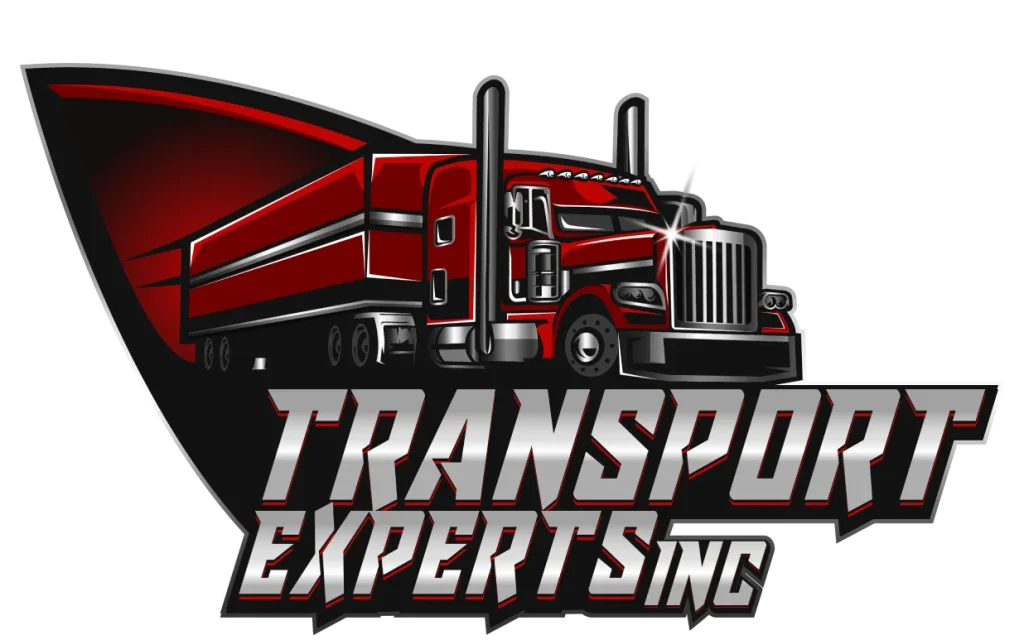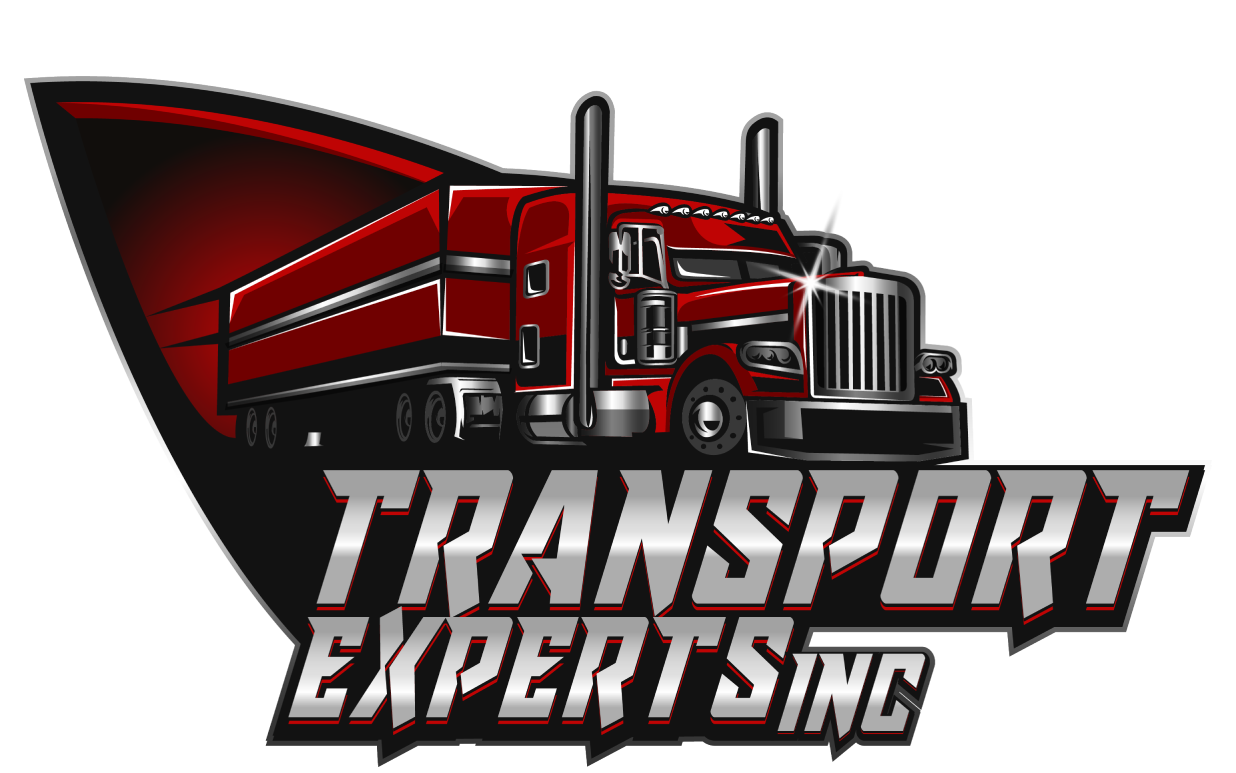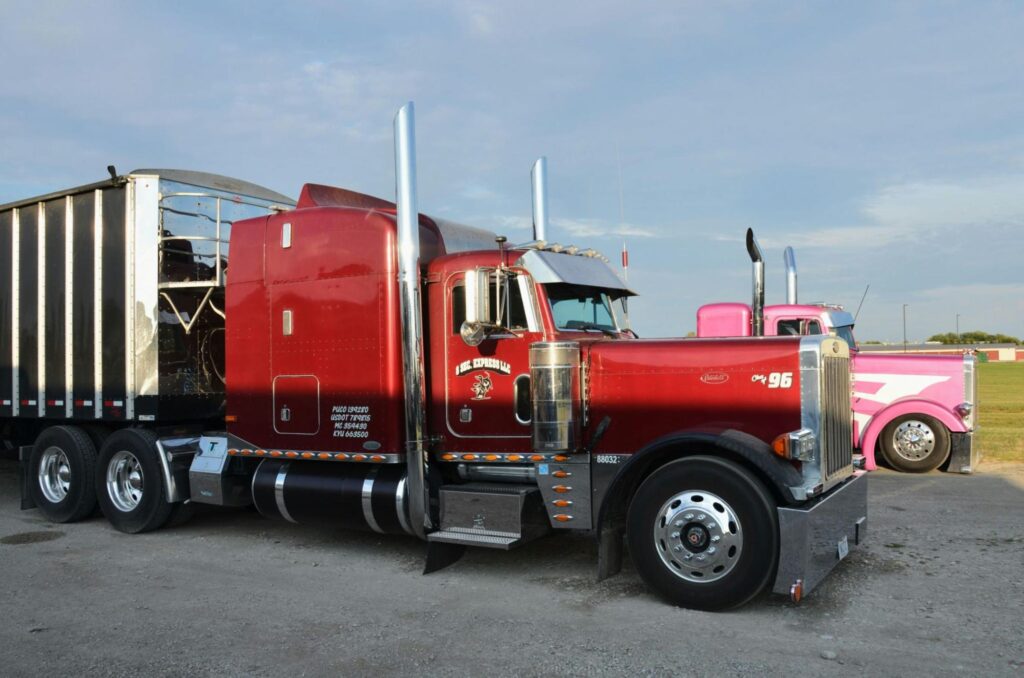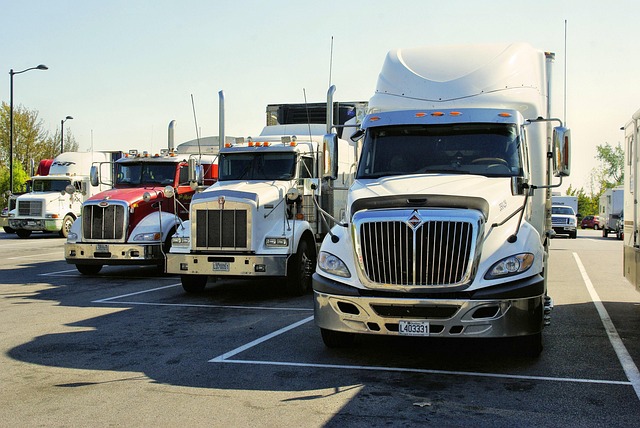Are you planning to move heavy machinery, massive construction equipment, or even an oversized industrial plant? But not sure how much weight can a heavy haul truck carry?
Well, you are just about to find out!
The weight limit of a heavy haul truck is not just some minor technical detail; it is something critical in the world of heavy haul transportation. It can make a big difference in your smooth and legal delivery, and can even turn into a NIGHTMARE with fines or delays if not handled properly.
If you think that it is like your normal freight shipping, then you are completely wrong. Heavy haul transportation is increasingly regulated. And if you somehow exceed the weight limit, you will not only have to face legal consequences, but serious safety risks as well.
I am sure you don’t want to get into this mess. That’s why it is better to always know how much weight can a heavy haul truck carry, right?
I know terms like GVWR, GAWR, or the Federal Bridge Formula must be so overwhelming for you. But don’t worry, this guide will help you understand each one of them in detail. So, let’s dive into the world of Heavy haul transportation and learn everything that you can about the heavy haul truck load weight limit.
Quick Answer: How Much Weight Can a Heavy Haul Truck Carry?

Let us not get into details of how much weight can a heavy haul truck carry for now, and get a quick answer for you:
- Standard heavy-haul payloads: The Majority of the flatbeds, step decks, and lowboy trailers carry a cargo of 40,000-48,000 lbs, which is well below the federal 80,000-lb gross vehicle weight (GVW) limit.
- Pushing the limit: Install more axles, distribute the weight correctly, and you could be able to carry as much as 80,000 lbs of cargo within legal boundaries.
- With permits, the specialized modular systems or multi-axle RGNs can even carry 100,000-150,000 Lbs or more weight legally if they have the right permit. This can even get you to move over 250,000 lbs of superload if you get the permit for it. But you will be needing super heavy haul trucks as well.
When Do You Need A Permit?
Now, that’s an interesting question, but luckily not a tricky one. The answer is simple: as soon as the aggregate weight of your truck + trailer + cargo on the U.S. Interstate highways is over 80,000 lbs, or when you exceed the per-axle weight limits, you must seek overweight permits. Oversized permits (and even pilot cars) will also be necessary in case what you are carrying is wider, taller, or longer than the legal size.
Key Factors That Determine How Much Weight a Heavy Haul Truck Can Carry

Well, it’s not just about the load that you are about to load on your truck, but there are other key factors that affect how much weight can a heavy haul truck carry.
Various considerations come into play when it comes to deciding the legal and safe payload of any one trip. These are the so-called “Rules of the ROAD” that you must check before loading your cargo.
Consider this your checklist before you embark on your heavy haul journey. Here we go:
- GVWR (Gross Vehicle Weight Rating): The total weight that the manufacturer allows the truck to carry with the trailer, the fuel, and the cargo
- GAWR (Gross Axle Weight Rating): This is the weight rating of each axle, and it is important to note that the higher it is, the more you risk losing your truck and getting into a place of violation.
- Number of Axles: The more axles, the greater the distribution of the load and the amount of truck load weight limit that one is allowed to ferry. The most widespread solution to heavy hauls is to add a so-called jeep, or booster axle, to a trailer.
- Axle Spacing: It is not the number of axles only; the distance between the axles influences the Federal Bridge Formula calculation, which determines your legal maximum weight.
- Trailer Type: Lowboys, double-drop RGNs, extendable trailers, and multi-axle modular trailers have varying tare weights and structural capabilities.
- Federal & State Rules: The interstate highways are regulated by Federal law, although states are subject to their own weight restrictions, restrictions of seasons (such as spring thaw weight cuts), and permitting procedures.
- Route Constraints: Bridges, overpasses, and even local roads may have a weight limit that is more strict than the national regulations.
- Escort & Pilot Car Requirements: Excessively heavy weights or superloads might even require escorts, which will affect the overall cost and timeline of freight.
These are some of the most essential things that you must know about heavy haul transportation. This will help you understand exactly where your payload stands and avoid any mid-route surprises along your way. Consider this your ticket to safe and secure hauling.
DOT Weight Limits, the Federal Bridge Formula & Where Law Caps Truck Load Weight
This is where things are going to get a little more technical, but don’t you worry, I will try to keep it as simple for you as possible.
The Federal law defines the maximum GVW of a truck on the Interstate system to be 80,000 lbs unless you have a special overweight permit. Included are your tractor, trailer, fuel, drivers, and cargo, which make up that 80,000 lbs.
The axle group limits are also provided by federal law, which includes:
- 20,000 lbs per single axle
- 34,000 lbs per tandem axle group
- 80,000 gross vehicle weight (varies for each state)
But wait, this is not it. There is one more step that I mentioned above, ‘The Federal Bridge Formula.”
It was created to shield bridges and pavement to prevent excessive loading. The formula is used to determine the maximum weight that can be legally transported by the number of axles and the interval between them.
So, are you ready for your maths lesson? Here we go:
W = 500 × [(LN ÷ (N − 1)) + 12N + 36]
Here,
W = The weight admissible in lbs
L = distance between outer axles in feet, and
N = The axle count
Oh, don’t worry! You don’t need to memorize it.
Most of the states and transportation experts have software that can do the calculations for you. The only thing that you need to remember is that the more axles, the more weight can be put in the car as long as they are correctly placed.
State Rules & Exceptions
States are allowed to establish their maximum state highway weights. When you are not on the Interstate system, some states permit bigger weights, but other states have more stringent regulations at some times of the year (such as the so-called frost laws in northern states).
That is why it is so important to know the professional routes surveys, because your truck
could be legal in one state and on the other side of a border be over the limit.
How to Calculate Your Truck Load Weight Limit
Ah, another math lesson is on the way. When you need to make a heavy haul move, a load weight limit calculation for your truck is easier than it may seem.
Trust me, one does not have to be a math genius to do it; you just need to follow the simple three steps:
Step 1: Weigh your truck and trailer (curb weight)
The first step is to find the total weight of your truck and the trailer when it’s empty. You might simply get it from the specs of the manufacturer. Otherwise, get its weight on a certified truck scale.
Step 2: Subtract curb weight from your legal limit
Now it is time to take the legal gross weight limit on your route and subtract it from the curb weight from step 1. Now the answer is your legal payload capacity on that specific route.
Step 3: Distribute weight across axles correctly
If your total weight luckily turns out to be under 80,000 lbs, then don’t be so quick to travel. You still need to check axle weight limits, too. Make sure that you check them out.
Quick Example:
I know, this might be too much for you. So, what’s better than doing to learn things? Here is a quick example for you:
Suppose the total weight of your tractor and trailer is 32,000lbs. And we already know the federal weight limit is 80,000 lbs. Thus:
80,000 lbs – 32,000 lbs = 48,000 lbs payload capacity.
The next thing you would do is to apportion that 48,000 lbs in such a way that each axle group does not exceed its legal weight limit. In case you have to transport 60,000 lbs, you would seek an overweight permit prior to proceeding.
Phew, that’s such a mess, especially for people who hate math. Therefore, it is always better to hire professionals like Transport Experts Inc. to handle such a mess for you.
Choose the Right Carrier: Streamlined Permits, Route Surveys & Why Transport Experts Inc. Helps
Heavy haul trucking does not only involve loading something on a trailer, but it is also the ability to navigate a maze of regulations, permits, and roadway hurdles without incident. So, what can be better than hiring a professional? Here is what they can help you with:
- Multi-state permits — To help you stay legal, regardless of the number of borders you cross.
- Route surveys — to verify bridge heights, road restrictions, and turning radius problems.
- Pilot/escort vehicles — when you have an oversize or an over-dimensional load.
- Specialized trailers — such as multi-axle RGNs, super heavy haul trucks, beam trailers, or unusual cargo stretch decks.
Transport Experts Inc. is a reliable option in case you desire to have a stress-free process. Their group focuses on heavy haul transportation, and its move is legal, safe, and prompt. They do permits, pilot cars, all of that, and you can do business.
Get a quote on heavy haul today with Transport Experts Inc. and transport your large shipment without any worry.
Frequently Asked Questions
The federal maximum gross weight for trucks on interstate highways is 80,000 lbs without a special permit. This includes the combined weight of the tractor, trailer, and cargo. Some states allow higher limits on state highways, but it’s important to check local regulations before hauling heavier loads.
A standard lowboy or RGN (Removable Gooseneck) trailer can carry around 40,000–45,000 lbs. With additional axles and the proper overweight permits, their capacity can exceed 100,000 lbs, making them ideal for transporting heavy equipment like excavators, bulldozers, or industrial machinery.
Yes, any load exceeding 80,000 lbs requires an overweight permit under federal law. These permits specify the maximum weight, approved route, and sometimes the time restrictions for transporting the load to ensure safety and compliance.
Axle weight is calculated by dividing the total load across all axles and weighing each axle group on a certified scale. Federal regulations typically allow 20,000 lbs per single axle and 34,000 lbs per tandem axle group, ensuring that weight is distributed safely across the truck and trailer.
GVWR (Gross Vehicle Weight Rating) is the maximum total weight of the vehicle including cargo, fuel, and passengers. GAWR (Gross Axle Weight Rating) is the maximum weight allowed on a specific axle. Payload is the actual weight of the cargo the vehicle can carry, calculated by subtracting the vehicle’s empty weight from the GVWR.







